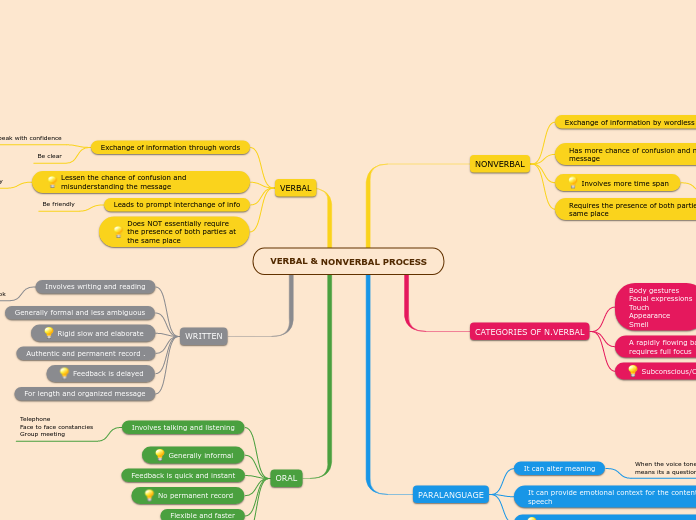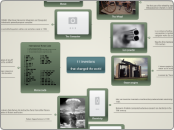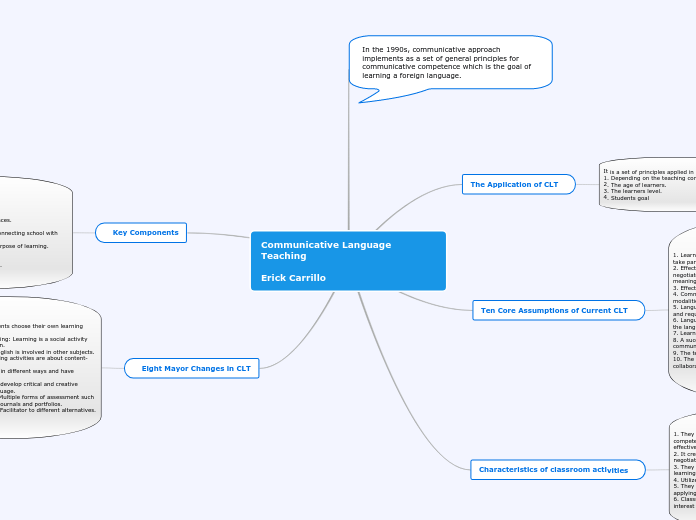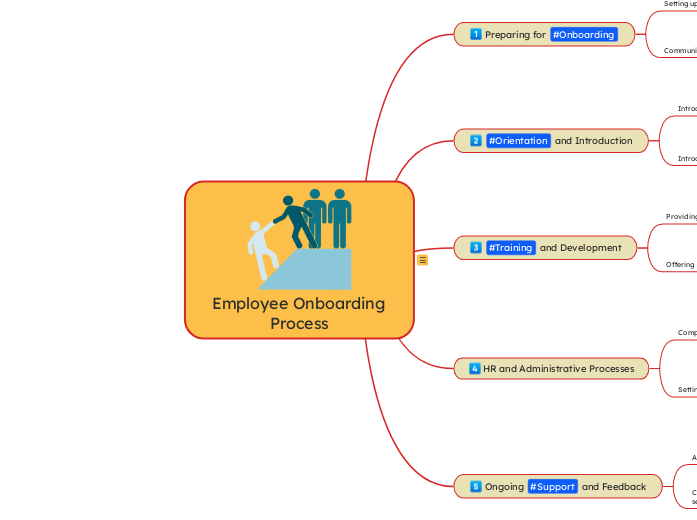VERBAL & NONVERBAL PROCESS
Type in the name of your organization.
ORAL
Suitable for short message
You might need realign your strategies to ensure that there are no contradictions.
Make some notes about how your strategies should change.
Flexible and faster
Review all your strategies across objectives.
- Do they all fit together?
- Do any of them work against each other, or not line up?
YesNoOther
No permanent record
Consider replacing strategies that do not solve problems.
Make some notes about how your Strategies should change.
Feedback is quick and instant
Review each of your strategies and check that they really are strategies.
- Does each strategy solve an identified problem?
- Is each problem really a core problem, or are there other mechanisms behind it? Solving symptoms is not strategy.
- Are any of your strategies actually goals or objectives? 'Be the best' is not a strategy.
YesNoOther
Generally informal
You might need to clarify your objectives to include other strategies, or maybe some of your strategies are not really aligned with objectives and should be changed.
Make some notes about how your objectives or strategies should change.
Involves talking and listening
- Does the VMOST tree contain all your current strategies?
- Are you aware of formal or informal strategies that have been left out?
- Might this be because they don't quite 'fit' with everything else?
Telephone
Face to face constancies
Group meeting
WRITTEN
For length and organized message
Consider each Strategy together with the tactical projects for executing it.
- Are these the right things to do?
- Do all of the actions align with this strategy, or are some of them not really connected?
- Are enough things being done? Or do you need to take some extra actions to execute the strategy?
Feedback is delayed
You might need to restructure your tactical projects to eliminate duplication and ensure that the outcomes contribute to strategy.
Make some notes about how your tactics should change.
Authentic and permanent record .
- Do all your tactical projects join up, or are there gaps or overlaps?
- Are there any areas where effort is being duplicated?
- Could these be streamlined to support more than one strategy?
YesNoOther
Rigid slow and elaborate
You might need to clarify your strategies to include other tactical activities, or maybe some of your projects are not aligned with strategy and should be dropped.
Make some notes about how your strategies or tactics should change.
Generally formal and less ambiguous
- Does the VMOST tree contain all your current tactical projects?
- Or have some projects been left out?
- Might this be because they don't quite 'fit' with everything else?
Involves writing and reading
To execute your strategy, it will break down into a number of tactical activities.
Tactics are practical projects that bring your strategy to life.
Example: Make a list of preferred areas and research the independent food retail outlets in each.
Memos
Letters
Handbook
VERBAL
Does NOT essentially require the presence of both parties at the same place
How can you ensure that your staff are making decisions that are influenced by bigger goals?
Make some notes about how you will do this.
Leads to prompt interchange of info
- If your VMOST is communicated, are your managers all working in alignment with it?
- Are they using it to help make decisions?
Be friendly
Lessen the chance of confusion and misunderstanding the message
You might need to ensure that everyone understands your plan.
Make some notes about how you will do this.
Practice humility
Exchange of information through words
It is not uncommon for those who are working on the tactics of an organization to be unaware of the strategy, objectives, mission, and vision behind them.
- How aware are your staff of the bigger picture?
- Do most people know understand it, or are some people working in the dark?
Be clear
Speak with confidence
PARALANGUAGE
Can show membership in a linguistic subgroup
You might need to clarify your mission to embrace other objectives, or maybe your objectives are not really aligned with your real mission.
Make some notes about how your mission statement or objectives should be changed.
It can provide emotional context for the content of speech
- Does the VMOST tree contain all your objectives?
- Are you aware of any others that your organisation is pursuing, that have been left out?
- Might this be because they don't quite 'fit' with everything else?
A loud high pitch voice tone can express anger, excitement or fear.
It can alter meaning
To deliver your mission, you will need a number of primary objectives.
These are major milestones, showing that you are achieving your mission. These should be written as SMART objectives, which means they are
- Specific,
- Measurable,
- Achievable,
- Relevant, and
- Time-bound
Example: To partner with 5 new organic food retail outlets this year.
When the voice tone increases at the end of a sentence it means its a question.
CATEGORIES OF N.VERBAL
Subconscious/Contextual/Ambigous/Cultural
Make some notes about how your Mission statement could be improved.
A rapidly flowing back and forth process that requires full focus
a rapidly flowing back-and-forth process that requires your full focus on the moment-to-moment experience.
Review your vision statement and mission statement together.
Does your mission statement bring your vision to life? Do the targets in your mission statement align with your vision?
YesNoOther
Body gestures
Facial expressions
Touch
Appearance
Smell
In one sentence, summarise your mission.
Your mission states how you express your vision - what you are aiming to do, to make your vision into reality.
Example: to be the leading supplier of organic foods in your area
NONVERBAL
Requires the presence of both parties at the same place
Managing intercation
Involves more time span
Make some notes about how your vision statement could be improved.
Creating impressions
Carries critical meaning
Has more chance of confusion and misunderstanding the message
Review your Vision statement:
Does your vision really reflect the values and beliefs that motivate you and your staff?
YesNoOther
Paralanguage
Expressing emotional feelings
Exchange of information by wordless cues
In one sentence, describe the vision of your organization. Your vision should:
- Inspire your staff
- Say something about your values
- Say something about your beliefs
- Be something you can always work towards
Example: You believe that sustainable organic foods are better for people and the environment
Facial expression
Body gestures
Appearance









